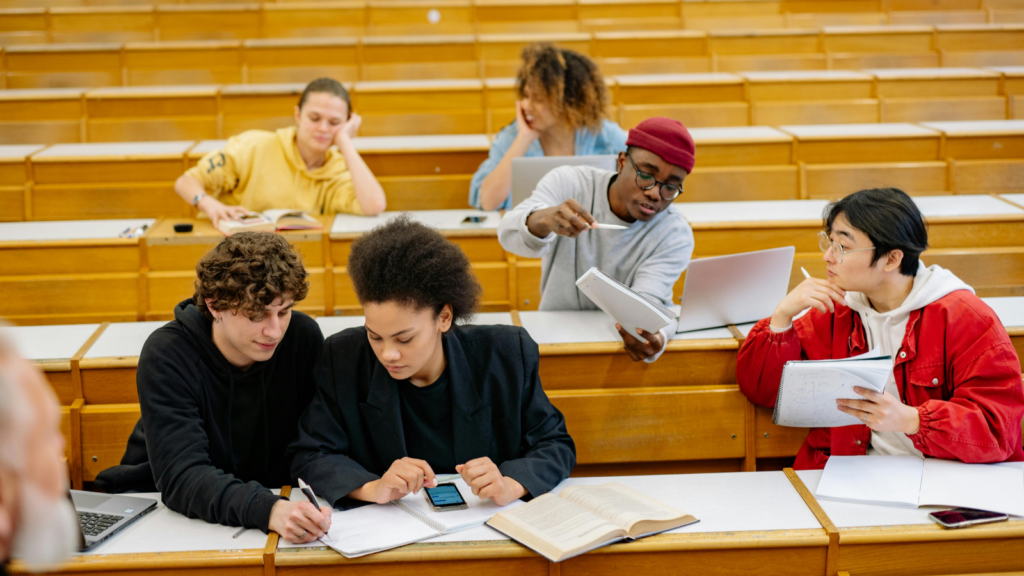Whether you’re a student seeking better grades, a professional aiming for skill enhancement, or a lifelong learner with an insatiable curiosity, the right strategies can make all the difference. Let’s unlock the learning strategies examples and explore how you can tailor these strategies to your unique learning style.
Learning Strategies Examples
Definition and Importance

Learning strategies, in their simplest form, refer to methods or techniques employed by individuals to optimize their learning process. They serve as tools or techniques that ease the acquisition, storage, retrieval and use of information. They’re not one-size-fits-all methods; rather, they’re personalized according to each learner’s preferences, aptitudes and needs.
The importance of these learning strategies examples extends beyond mere grades or professional accomplishments. They foster lifelong learning – a trait deemed essential in the rapidly evolving digital world. From preparing for a high school exam to mastering a new professional skill, effective learning strategies streamline the process, making it more efficient, enjoyable, and successful.
Cognitive Learning Strategies
Concept Mapping
Concept Mapping emerges as a powerful cognitive learning strategy. To explain, it’s the activity of visually organizing and structuring information. By arranging ideas in a graphically organized hierarchy, learners have an opportunity to see the relationships amongst concepts. For example, consider learning the anatomy of a cell. By using a concept map, students can visually see the cell’s nucleus as the control center, with connections to other parts such as the cytoplasm and mitochondria demonstrating their supportive roles to the nucleus.
Mnemonics
Shifting gears, Mnemonics run quite high on the list of cognitive learning strategies. Essentially, they’re memory-enhancing tools that facilitate information recall. Mnemonics involve creating associations, using acronyms, or constructing sentences to remember information. For instance, music students frequently use the mnemonic “Every Good Boy Does Fine” to remember the lines of the treble clef in music notation (E, G, B, D, and F).
Metacognitive Learning Strategies
Self-Regulation Techniques & Goal Setting

Self-regulation techniques, a part of metacognitive learning strategies, are practices that learners use to manage their own learning process. They center around motivating oneself, setting up a productive work environment, seeking help when necessary, and staying healthy to maintain optimal cognitive function.
Goal setting, another important aspect of metacognitive learning strategies, involves defining clear, measurable, and time-bound objectives that guide the learning process.
This methodical approach to learning helps to make the process more manageable and encourages learners to remain accountable for their own educational advancement. It also aids in motivating and keeping learners focused on their set goals.
Social Learning Strategies
Collaborative Learning
Transformative to individual understanding, collaborative learning fosters an environment where shared knowledge is valued. It involves learners working together on a task or project, each bringing unique insights and understandings to the table.
Collaborative learning, involving shared tasks or activities, enhances critical thinking skills, fosters open-mindedness, and offers an opportunity for multiple intellects to collectively solve problems, reinforcing the concept that thinking and learning are social processes. This kind of learning strategy aids in maximizing potential, supplementing individual study techniques and metacognitive tools discussed in the previous sections.
Learning by Teaching

Yet another effective social learning strategy is learning by teaching. This strategy capitalizes on the premise that one understands a topic best when explaining it to someone else. Often, learners are tasked with teaching a concept or subject matter to their fellow learners. This might include delivering a presentation, leading a seminar, or even tutoring a peer.
Essentially, learning by teaching amplifies a learner’s comprehension of a concept. It boosts not only understanding but also confidence and presentation skills, reinforcing the value of social learning strategies in education. Collaborative learning, as well as learning by teaching, are both valuable social learning strategies, expanding learners’ toolkits beyond cognitive and metacognitive techniques.
Fostering Lifelong Learning
The power of effective learning strategies examples, whether they’re cognitive tools like Concept Mapping and Mnemonics or metacognitive techniques such as self-regulation and goal setting, can’t be overstated. They’re integral to enhancing understanding and memory recall, guiding learners on their educational journey. It’s clear that a diverse toolkit of learning strategies is essential for success in today’s educational landscape.


